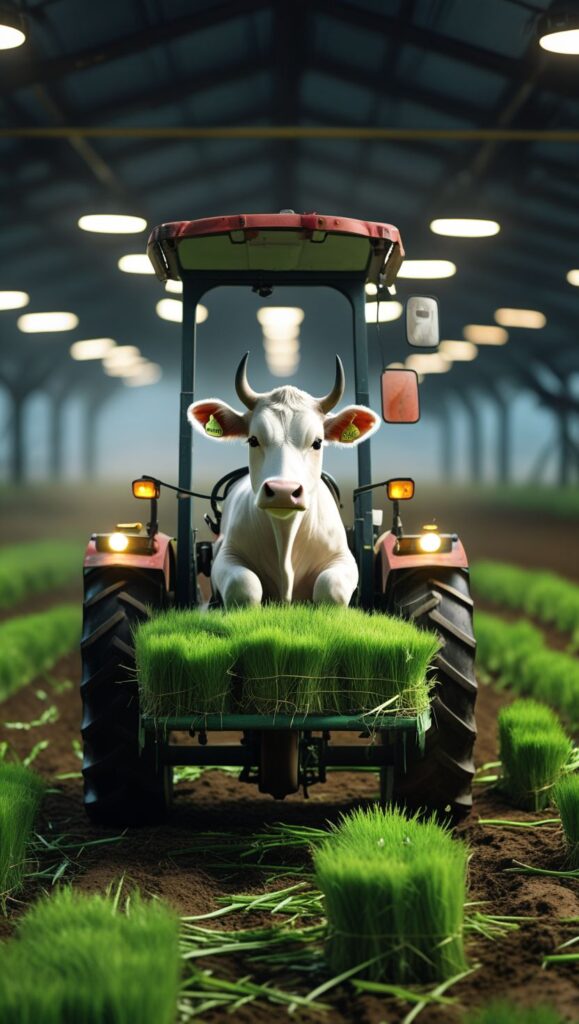
Title: How AI Farming is Transforming Agriculture for the Modern Farmer
Introduction
In recent years, artificial intelligence (AI) has been reshaping industries across the globe—and agriculture is no exception. AI in farming is revolutionizing how we grow, monitor, and harvest crops. From predicting weather patterns to identifying pests early, AI is helping farmers make smarter, faster decisions that lead to better yields and more sustainable practices.
Here’s a closer look at how AI is becoming an invaluable tool for modern farmers.
1. Precision Farming: Better Data, Better Decisions
Precision farming uses AI-driven tools such as sensors, drones, and satellite imagery to gather data on crop health, soil conditions, and moisture levels. AI analyzes this data to recommend:
- The best times to plant and harvest
- Which areas of a field need more water or fertilizer
- How to optimize spacing and seed placement for better growth
This allows farmers to reduce waste, save money, and increase productivity.
2. AI-Powered Crop and Soil Monitoring
AI systems equipped with computer vision can detect signs of disease, nutrient deficiency, or pest infestations in plants much earlier than the human eye. Apps powered by AI can scan leaves or soil samples and provide instant feedback.
This enables:
- Early intervention before crop damage spreads
- Reduced use of chemical pesticides
- Healthier, more robust plants
3. Smart Irrigation Systems
Water scarcity is a growing concern for farmers worldwide. AI can help by powering smart irrigation systems that:
- Monitor weather forecasts and soil moisture levels
- Automatically adjust watering schedules
- Minimize water waste while keeping crops hydrated
These systems are especially valuable in regions facing drought or irregular rainfall.
4. Livestock Management
Just like in the creative image of a cow driving a tractor, AI is also transforming livestock care—though perhaps not literally! Wearable sensors and cameras combined with AI algorithms help farmers:
- Monitor animal health and behavior in real-time
- Track feeding, movement, and reproduction patterns
- Detect signs of illness or stress early
This improves animal welfare and farm efficiency.
5. Predictive Analytics for Market Trends
AI doesn’t just help on the field—it can assist in business decisions too. Predictive analytics tools can:
- Forecast crop demand and pricing trends
- Recommend planting based on market conditions
- Help farmers plan more profitable harvests
With this information, farmers can reduce financial risk and improve profits.
6. Autonomous Farming Equipment
Tractors and harvesters are becoming smarter, with AI helping to guide machinery through fields with minimal human intervention. These autonomous machines can:
- Plant, fertilize, and harvest crops accurately
- Work longer hours than human laborers
- Reduce labor costs and increase output
They’re particularly useful for large-scale farms facing labor shortages.
Conclusion: A Smarter Future for Farming
AI farming is not just a futuristic concept—it’s already making a significant impact in the agriculture sector. By adopting AI tools, farmers can grow more food using fewer resources, make better decisions, and adapt to challenges like climate change.
As technology continues to evolve, AI will play an even bigger role in feeding our growing world sustainably.
Tip for Farmers: Start small. Use a mobile app to monitor plant health or explore AI-powered irrigation. Gradually incorporating AI tools can lead to big benefits over time.
If you’d like, I can also turn this into a printable brochure or expand it into a more technical guide. Let me know!
No Responses